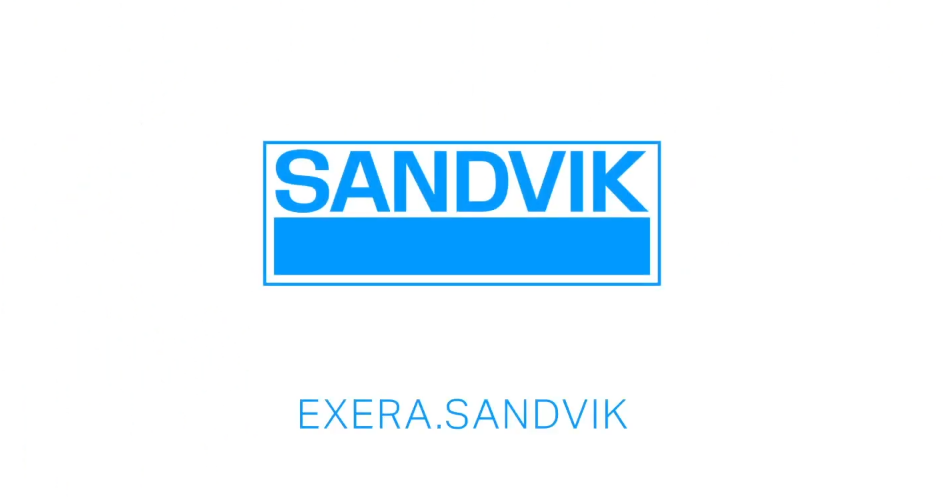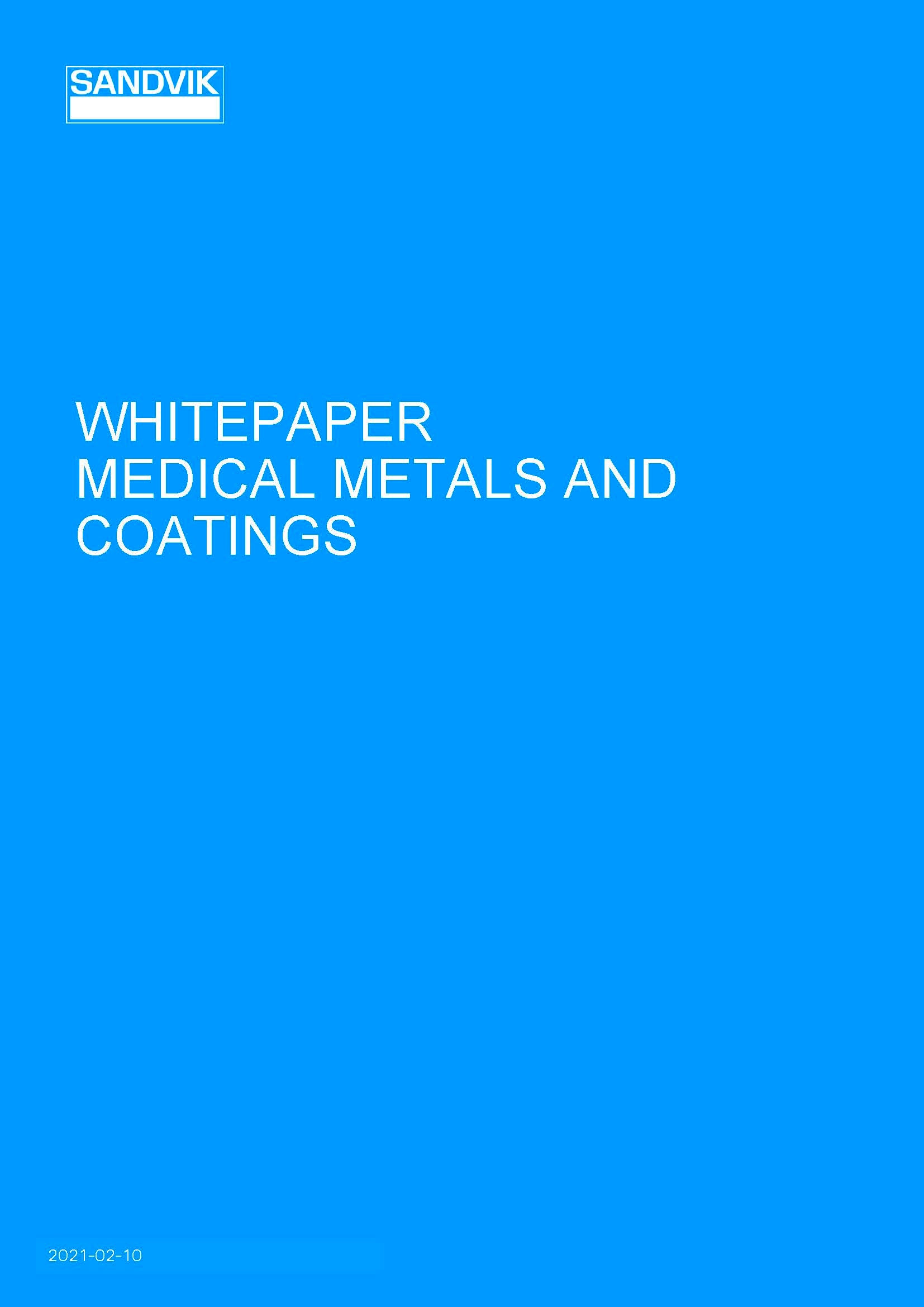
There is no denying that the Covid pandemic affected us all, but for many it is a lot more serious than needing to work from home or missing time out with their friends. For those living with long term health conditions, hospitalisation or regular visits to a clinic for check ups can be a daunting prospect, especially for those with weakened immune systems.
Of course, it is not only the pandemic that drives the demand for remote monitoring. Accessing hospitals and clinics is more difficult for people who would be required to travel far, the elderly, or patients with limited mobility. Additionally, patients don’t want their lives to be disrupted, so remote monitoring devices offer them the opportunity to continue living their lives without interruption.
So, what conditions can be monitored remotely? The answer to that question is continually growing, with devices becoming less invasive, more reliable and better able to provide data for preventative care.
This increased demand is driving more manufacturers to outsource the design and development of specialised components in their medical devices. For the medical-wire, many turn to Sandvik and its EXERA brand of ultra-fine medical wire, which is used to transmit, sense or stimulate within the human body. With more than 200 alloys and various customisations such as coiling and coatings, medical device manufacturers have worked with Sandvik to create components to devices that safely and reliably monitor patient’s health.
For Sandvik, the medical wire and wire components that they produce in the largest volume are made for continuous glucose monitoring. These devices detect glucose levels and communicate this information to the patient’s handheld device, eliminating the need to carry out finger prick tests.
The same can be applied to blood pressure and heart rate, providing patients and physicians with data throughout the day so the right actions can be taken. These devices can be especially important for doctors to monitor a patient’s condition after they leave the hospital, providing valuable and continuous follow-up details if a patient has recently had surgery without them needing to stay in the hospital for prolonged periods of time.
For conditions such as heart failure where the onset of symptoms may be too late to act, electrocardiogram medical devices can inform patients and physicians of potential risks before it becomes dangerous. This way, a patient’s medication can be adjusted accordingly, or the doctor can advise the patient on what other changes they can make to keep themselves safe.
These devices do more than provide ongoing data. Manufacturers are increasingly designing more advanced devices that allow users to set parameters for healthy readings, so if a patient’s glucose level, blood pressure or heart rate falls into dangerous territory, the right people can be immediately notified. For cardiac chamber abnormalities or diabetic comas, this ability to alert family members or doctors can be the difference between life and death.
For more information about EXERA ® fine medical wire-components, including a full list of materials or to contact Sandvik about developing a medical field device, download the whitepaper below.



